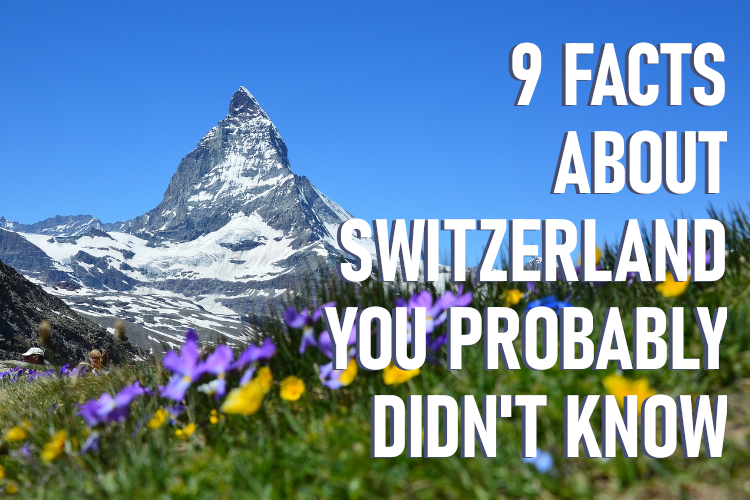
Think of Switzerland and you think of the majestic Alps, delicious cheese, decadent chocolate and immaculate time pieces that cost an arm and a leg. The country is also renowned for gifting the world with some of the brightest minds in the academic arena, is incredibly wealthy, and boasts some of the most dramatic natural scenery on the planet.
Chances are you’re already familiar with most of these impressive accolades, but here are nine interesting facts about Switzerland you may not have known.
1. Geneva is home to the largest, and most expensive, hotel suite in Europe
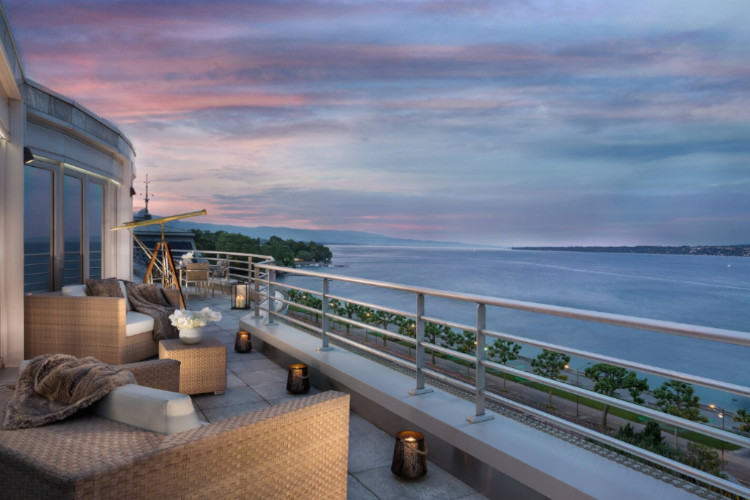
Occupying the entire 8th floor of the Hotel President Wilson, the spectacular Royal Penthouse Suite is renowned as the largest hotel suite in Europe. It boasts a staggering 12 bedrooms, marble bathrooms and a Royal Terrace that offers exceptional views of Lake Geneva (Lac Léman) and the nearby Alps. Because the suite is often occupied by heads of state, celebrities and important delegates, it also features private lifts, bulletproof windows and a whole slew of other VVVIP amenities. It should therefore come as no surprise that it is also one of the most expensive hotel suites in the world.
2. Only a small portion of the Alps are in Switzerland
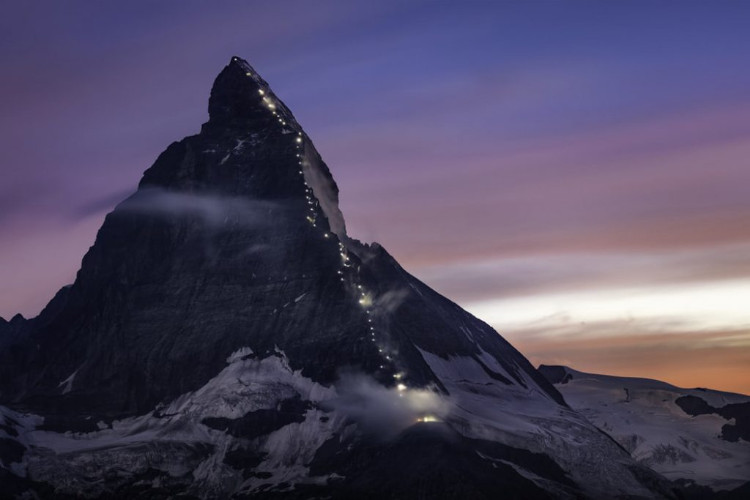
Switzerland is undoubtedly the country most associated with the Alps, and for good reason: these lofty mountains make up roughly 65% of the country’s territory. However, thanks to the country’s small size, only 13.2% of the Alps are actually contained within its borders! That’s a smaller percentage than Austria (28.7%), Italy (27.2%) and France (21.4%). What does, however, set the Swiss Alps apart from the rest is the fact that 48 of the peaks in Switzerland rise above 4 000m (13 123ft), equating to more high mountains than any other country in Europe.
3. It is home to the highest railway station in Europe
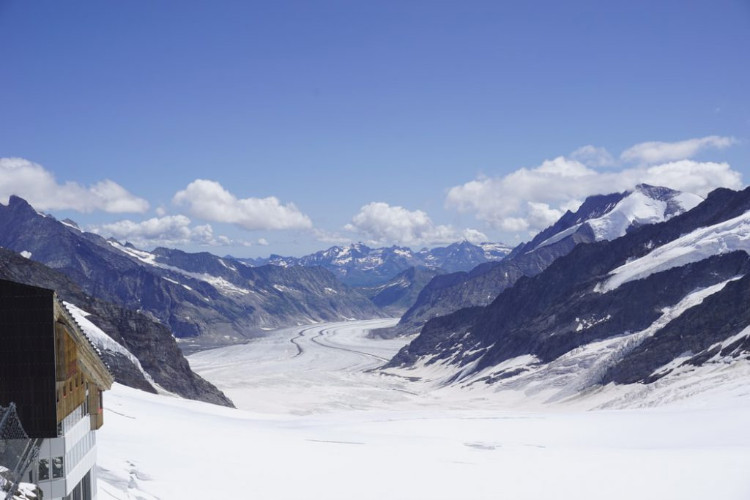
The Jungfraujoch railway station is nestled at an altitude of 3 454m (11 332 ft) above sea level, just below the famous Sphinx Observatory and on the boundary between the cantons of Bern and Valais. The station is connected to the Top of Europe building where visitors can take in some of the most breathtaking mountain scenery imaginable; not to mention gawking at the sweeping views of the largest glacier in the Alps, the Aletsch Glacier. Talk about an Instagram-worthy location!
4. Switzerland is actually a confederation of 26 ‘states’
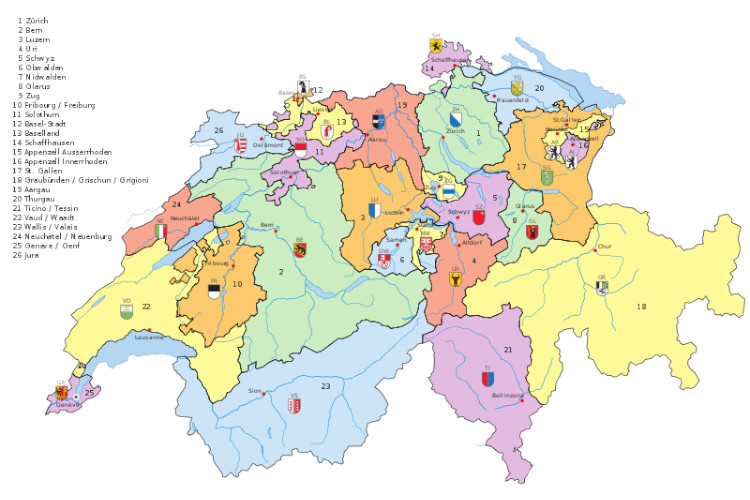
Despite its small size, Switzerland has been a federal state since 1848. These individual ‘states’, called cantons, each has its own parliament, government, constitution and court. While each canton has a high degree of independence and is largely governed by local communes and authorities; their constitutions may not contradict the Federal Constitution, which defines the Confederation’s roles and responsibilities on a national and international level.
5. Switzerland is not a member of the EU
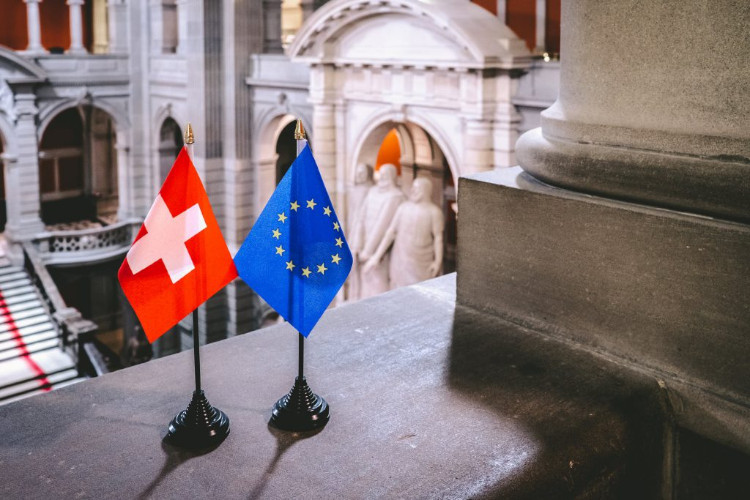
In keeping with their tradition as a neutral state, Switzerland is one of only a handful of European countries that have not become members of the European Union. Although not an official member, the country has adopted many of the EU rules and regulations, and formed bilateral treaties that facilitate trade and free movement between Switzerland and member states of the European Union. Luckily for international travellers, Switzerland is also one of the European countries forming part of the Schengen Area; meaning it shares one common visa policy with, and has no border controls between, member states.
6. Foreigners make up 25% of the Swiss population
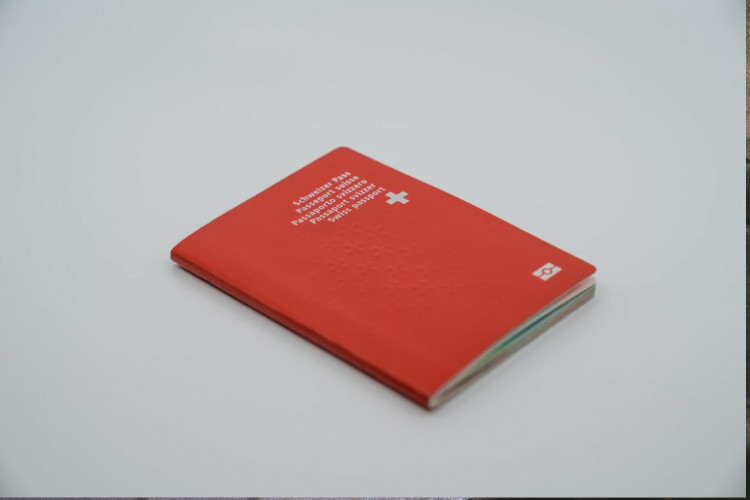
Roughly 2 175 000 Swiss residents were born in other countries, the majority of foreign nationals coming from other European nations. Italian (15%), German (14%) and Portuguese (12%) nationals make up the largest groups; but countless other ethnic and cultural minorities also call Switzerland home, especially in the global urban centres of Zurich and Geneva. Interestingly, around 11% of registered Swiss citizens live abroad.
7. Switzerland has four national languages
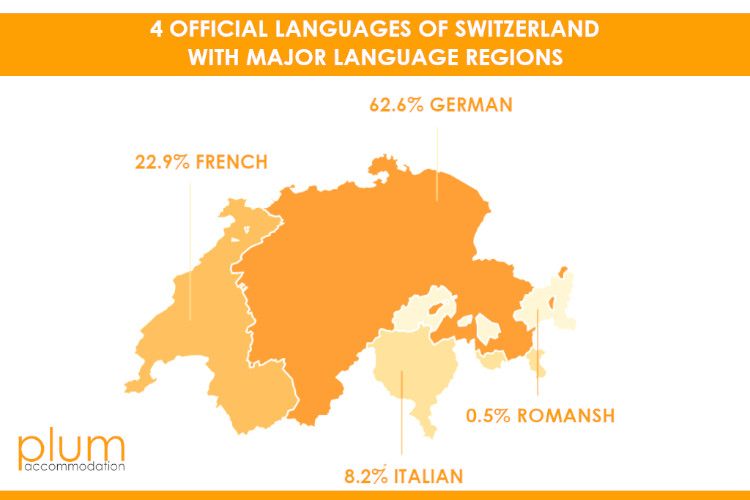
Switzerland is a multilingual nation with four official languages. While most Swiss people can speak more than one language, the predominant language of the majority of the population is either German (62.6%), French (22.9%), Italian (8.2%) or a protected language known as Romansh (spoken by less than 0.5% of the population). The German spoken in Switzerland is not standard German, but rather a collection of various Alemannic dialects that make up Swiss German. French is the only official language in Switzerland that is gaining first language speakers instead of diminishing in use. Among the 24.3% of the population that do not speak one of the official languages as a first language, the most common first languages are English and Portuguese; while Spanish, Albanian, Serbian and Croatian are also commonly spoken by foreigners.
8. The symbol of the Red Cross was inspired by the Swiss flag
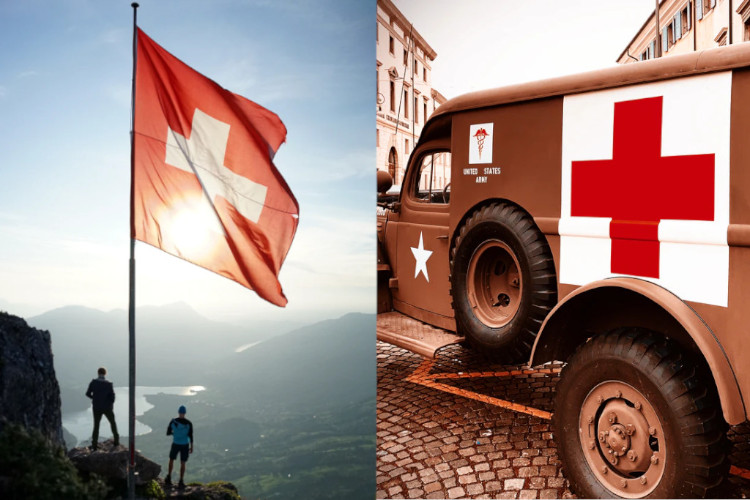
In 1863 a Swiss man named Henry Dunant, along with five other members, founded a committee that called for better care for wounded soldiers during wartime. This committee would eventually become the International Committee of the Red Cross; and as their symbol they chose the inverted Swiss flag in honour of Dunant’s citizenship. Today the symbol is internationally recognised and its use has even extended to medical services not related to the Red Cross. It is interesting to note that some establishments erroneously utilise the white cross with a red background (the Swiss flag) when intending to utilise the red cross on a white background – though the two are not interchangeable by international institution.
9. Switzerland is the least obese nation in Europe, despite consuming more chocolate than any other country in the world

Whether it boils down to diet, genetics or the fact that the Swiss enjoy a very active lifestyle with all that beautiful nature; one thing is for sure: this last fact makes them the envy of the world! A 2017 study revealed that Switzerland has the highest per capita chocolate consumption rate in the world, with a whopping 8.8kg (or 19.4 pounds) of this heavenly treat being consumed per person per year on average. That’s not surprising if you consider that more than 180 000 tons of chocolate is produced in the country annually! And yet, despite these figures, the World Health Organization has declared Switzerland the least obese country in Europe, with only 17.5% of the population falling into this classification. Turns out, in Switzerland you can have your (chocolate) cake, and eat it too!
How many of these facts did you know find out for the first time? Leave a comment or share with your friends to test their general knowledge of Switzerland.
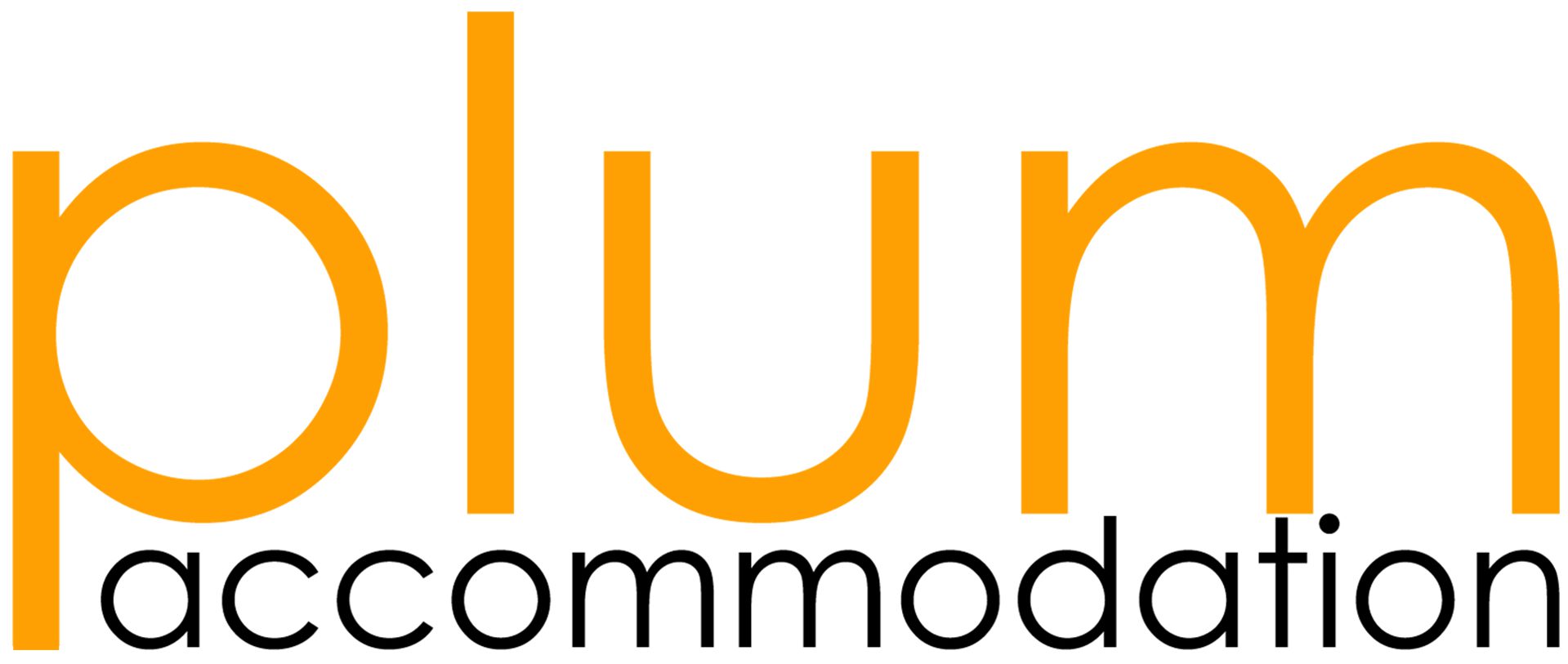
Leave a Reply